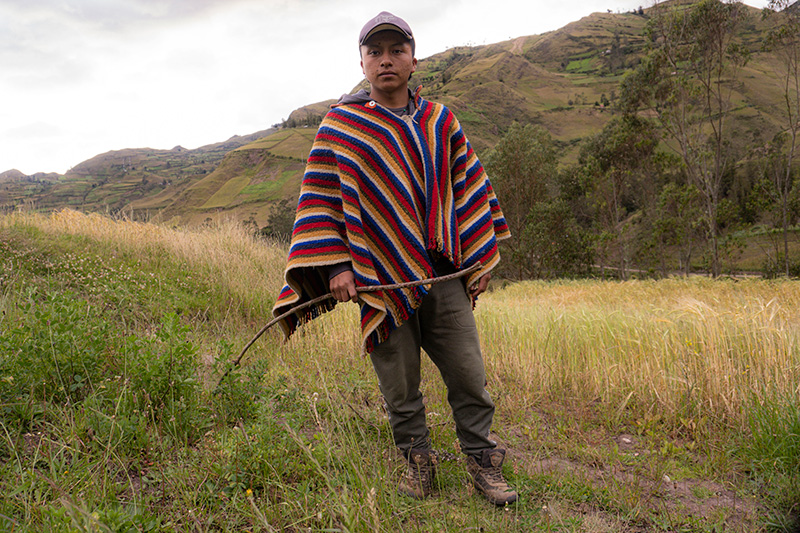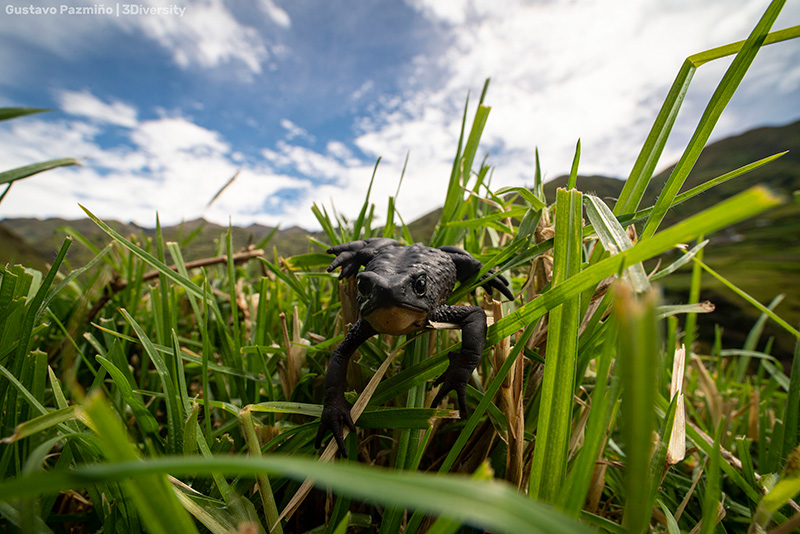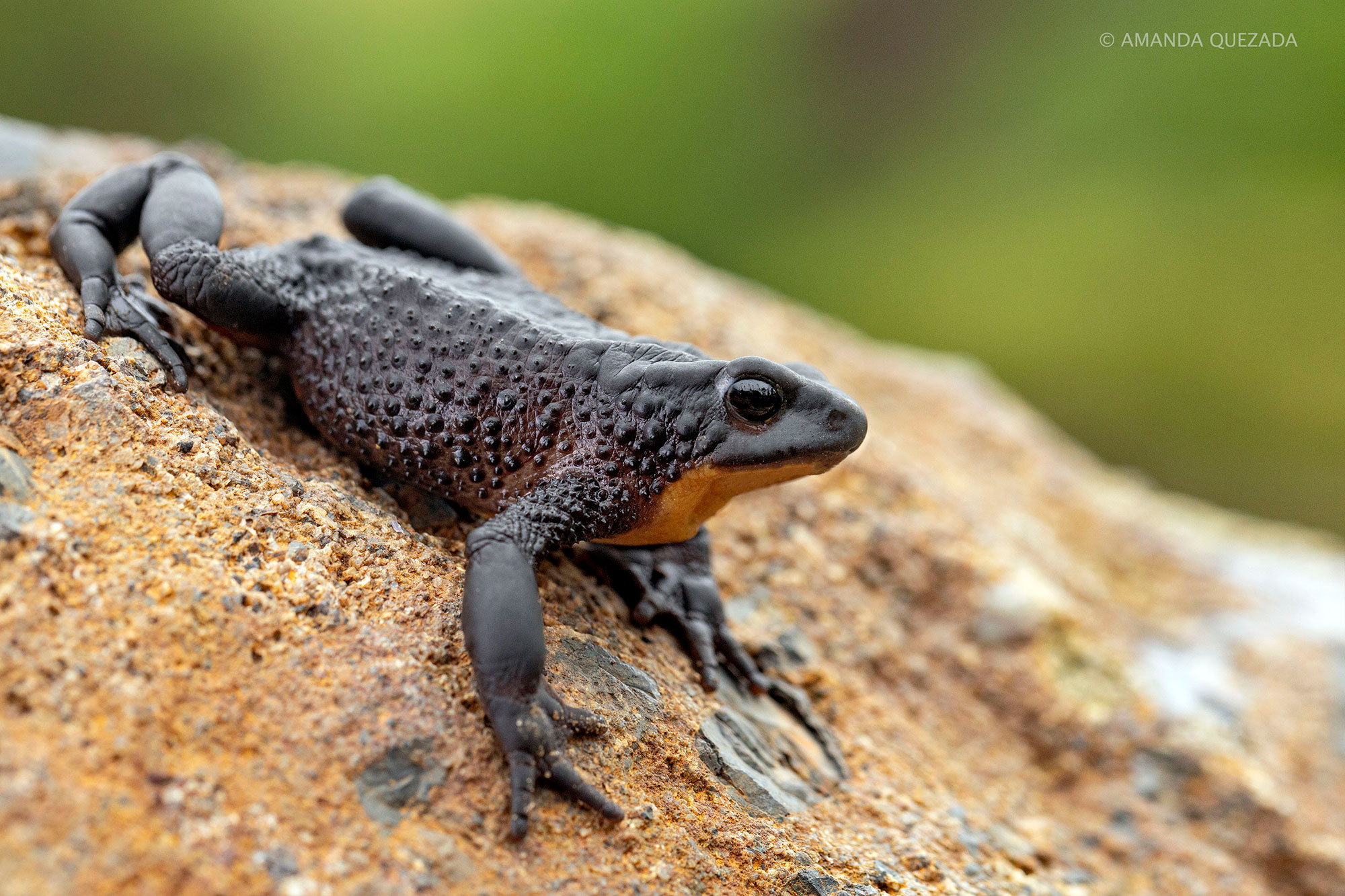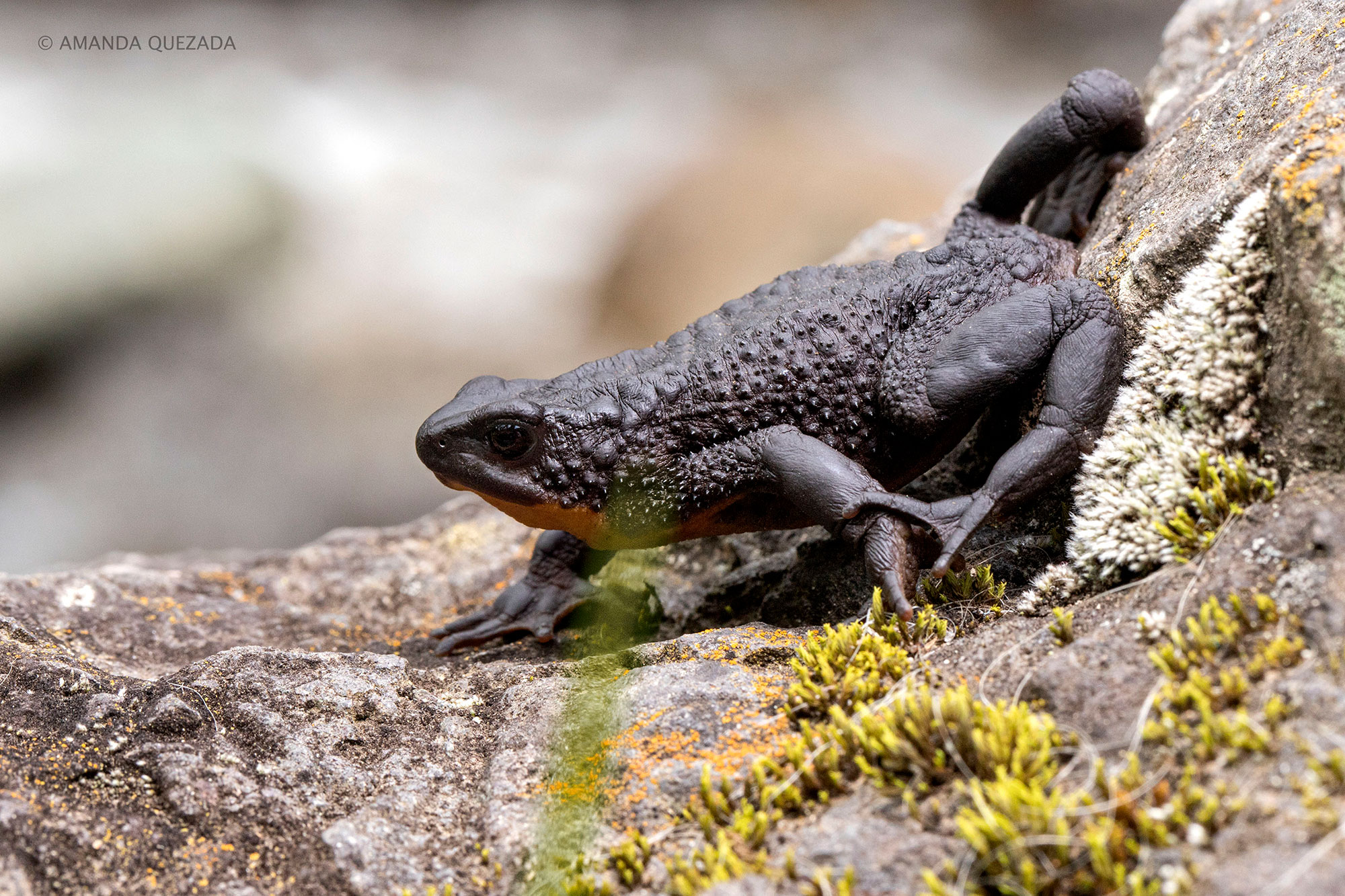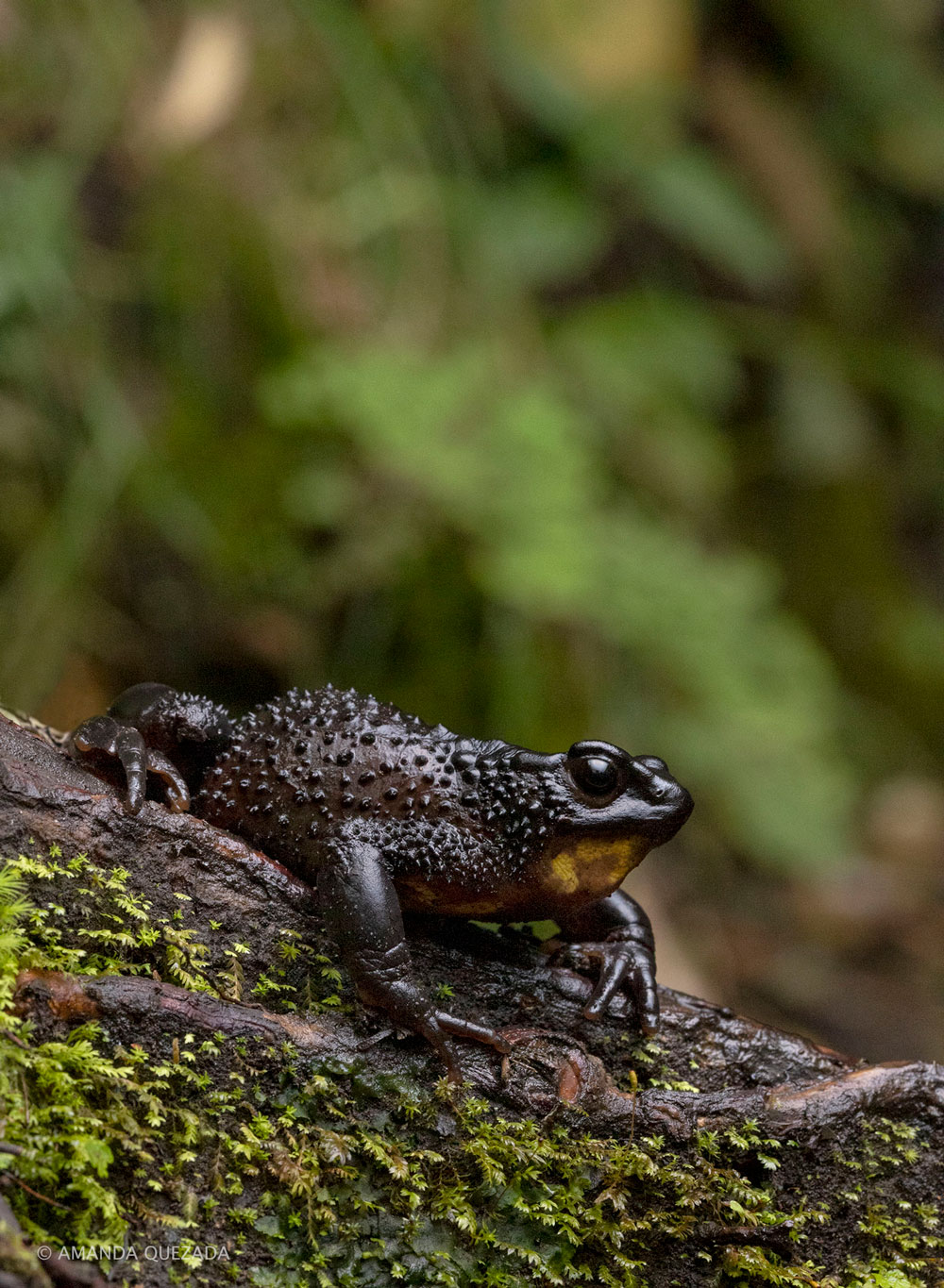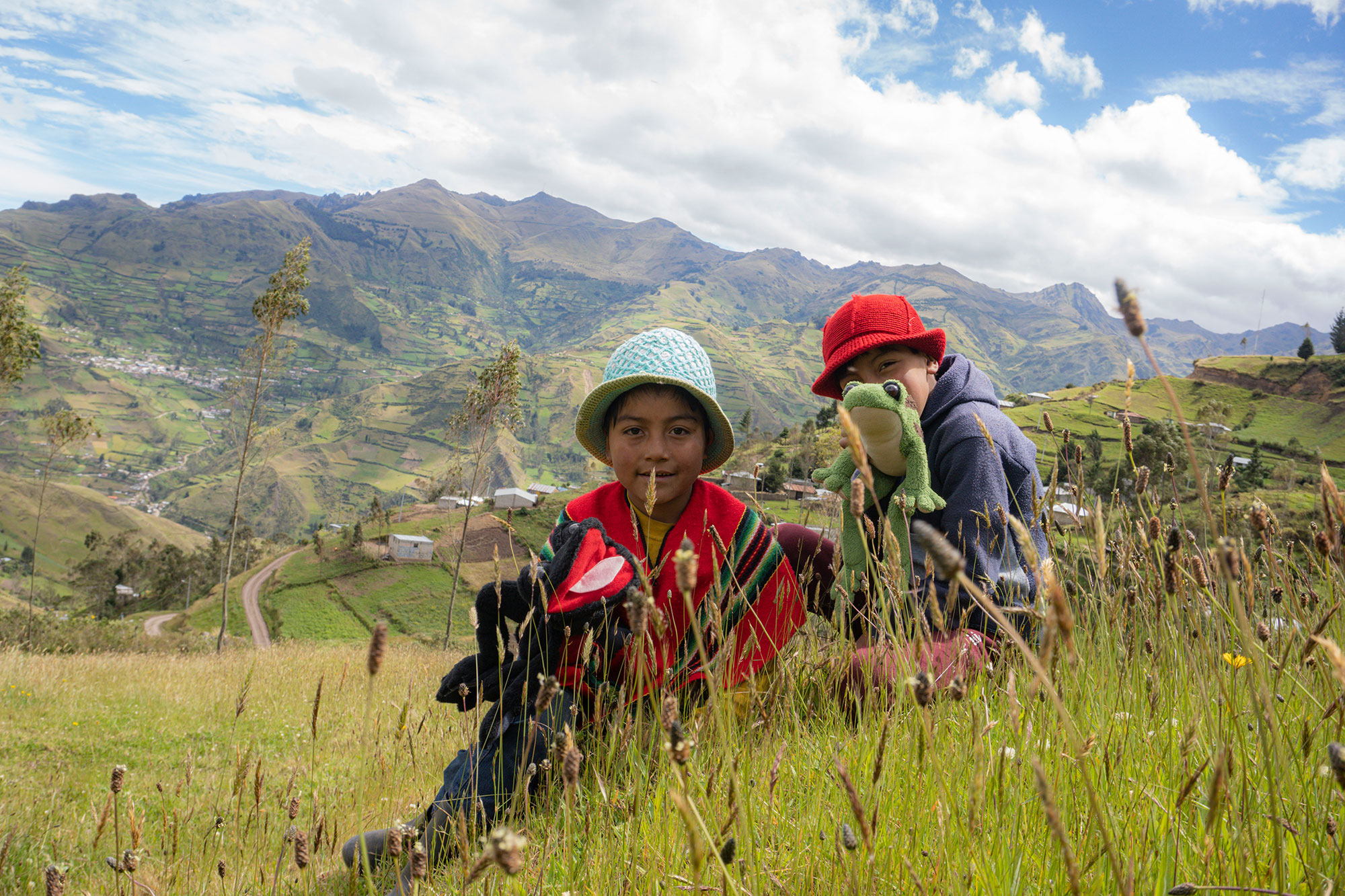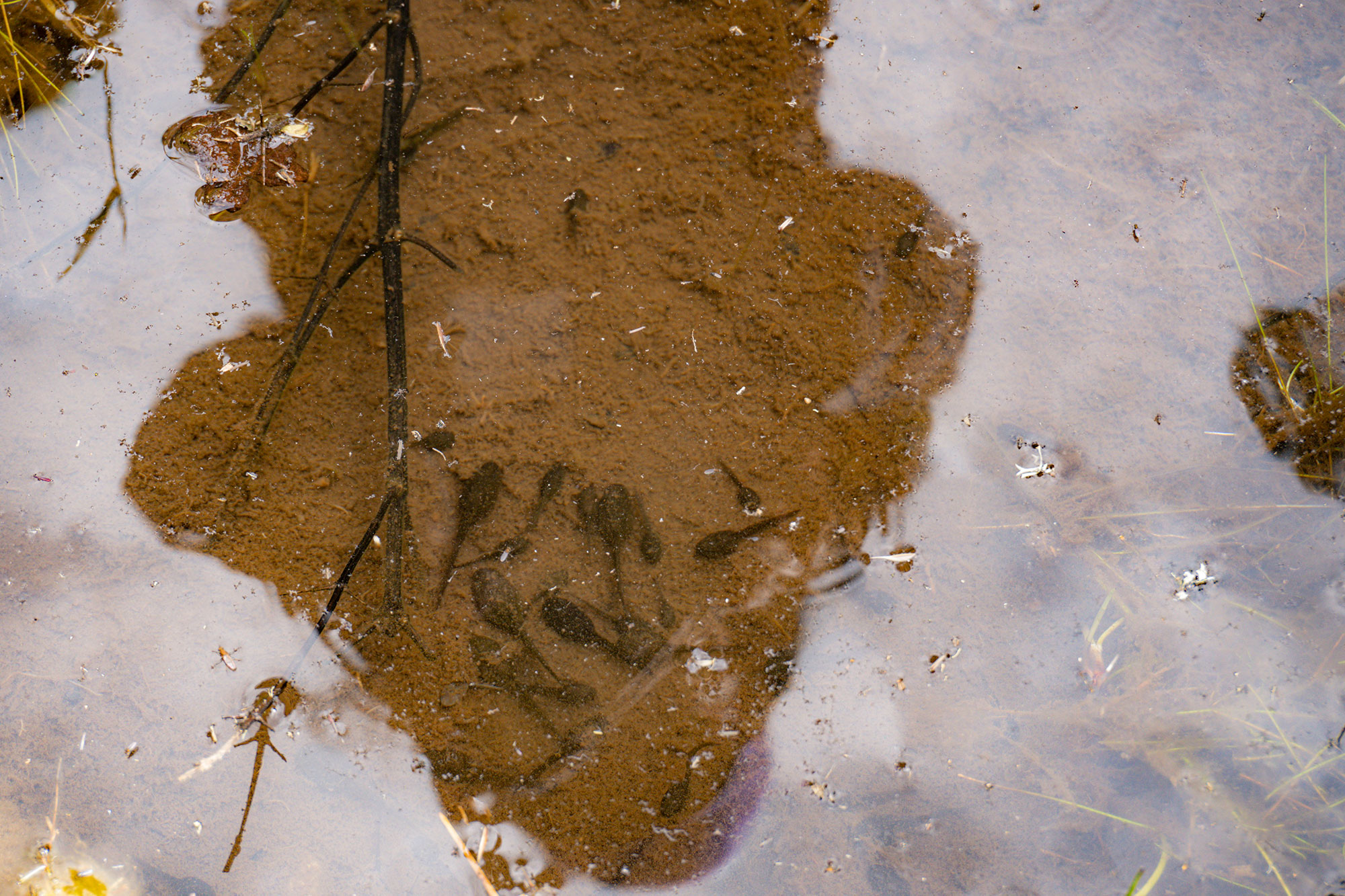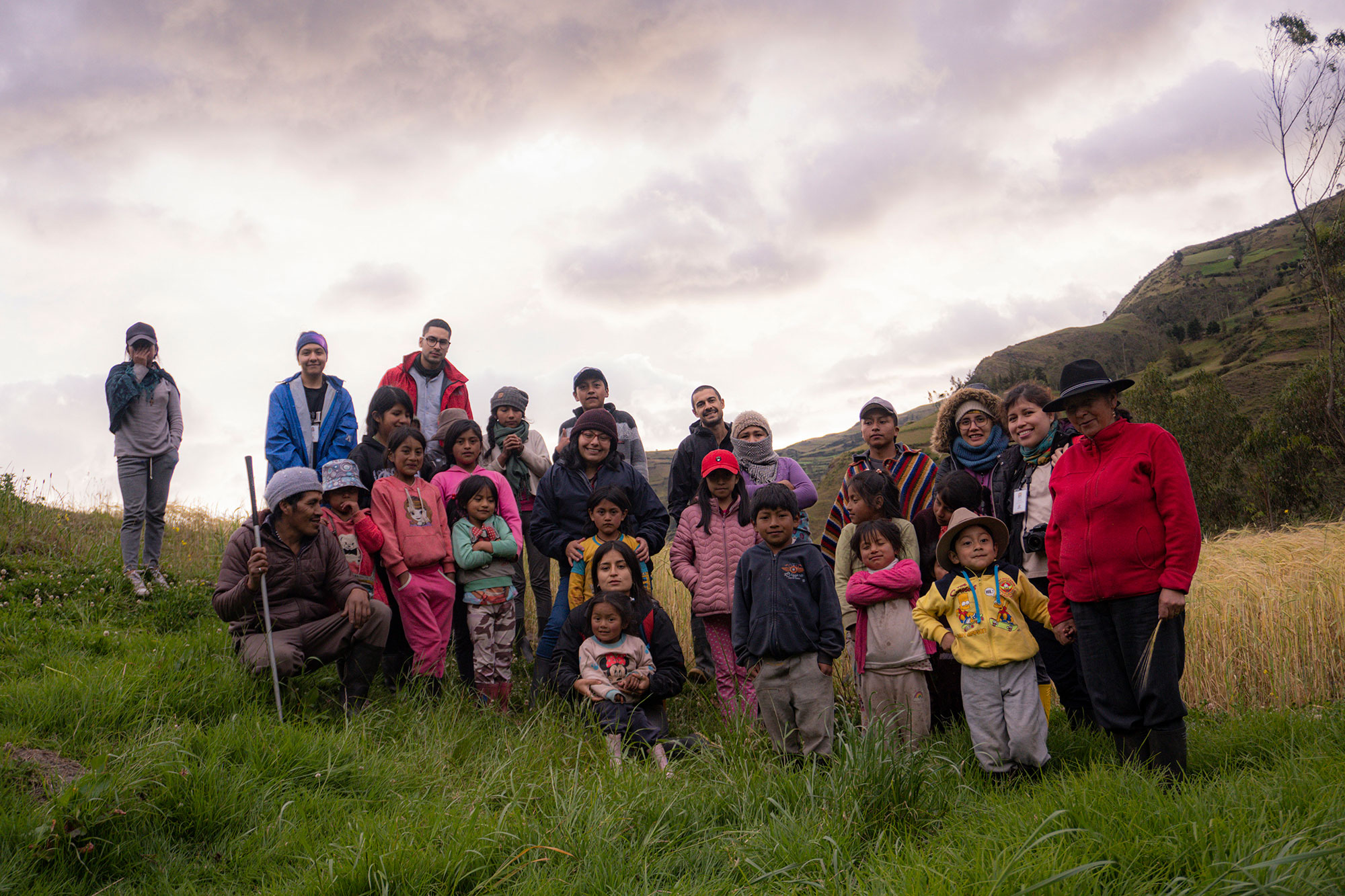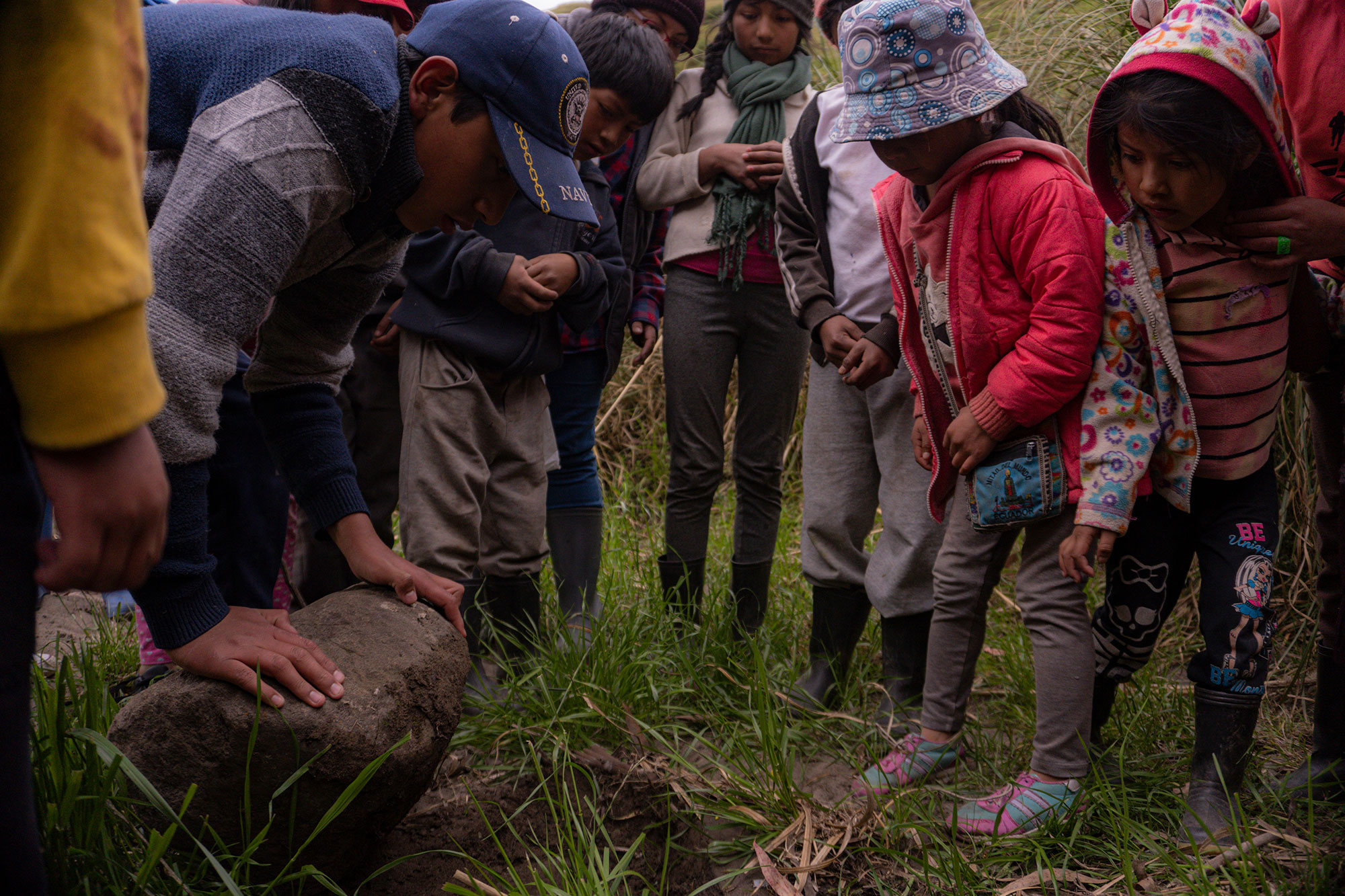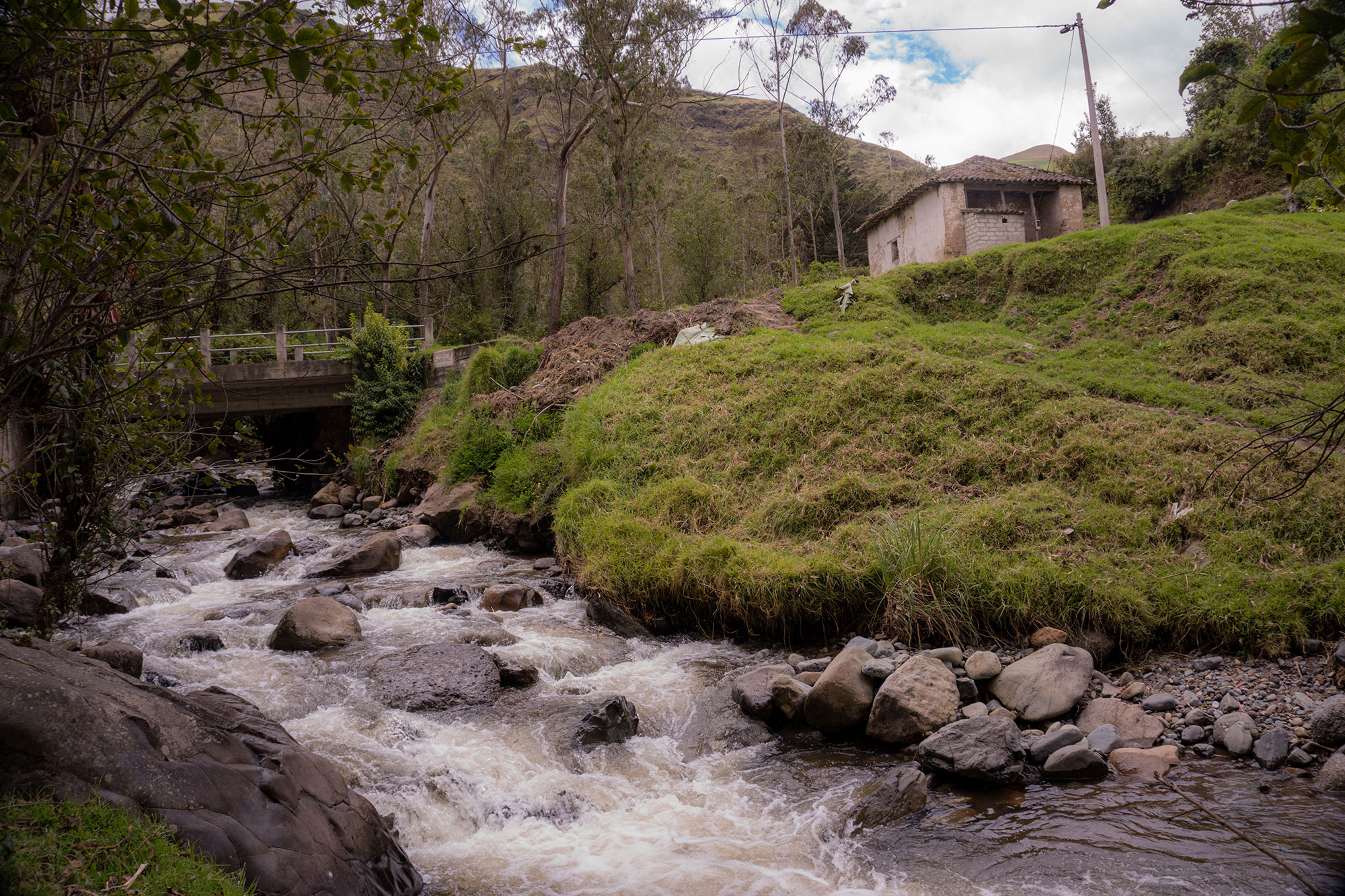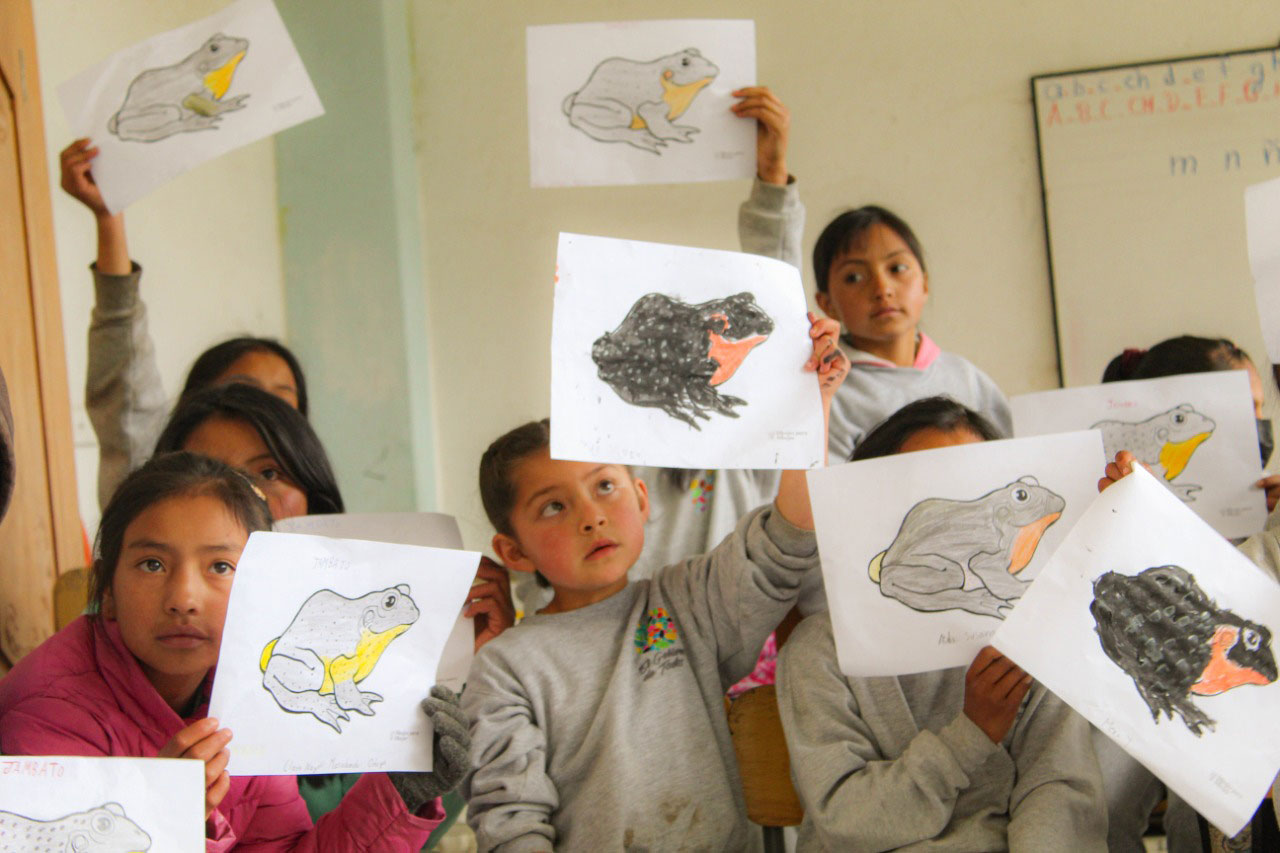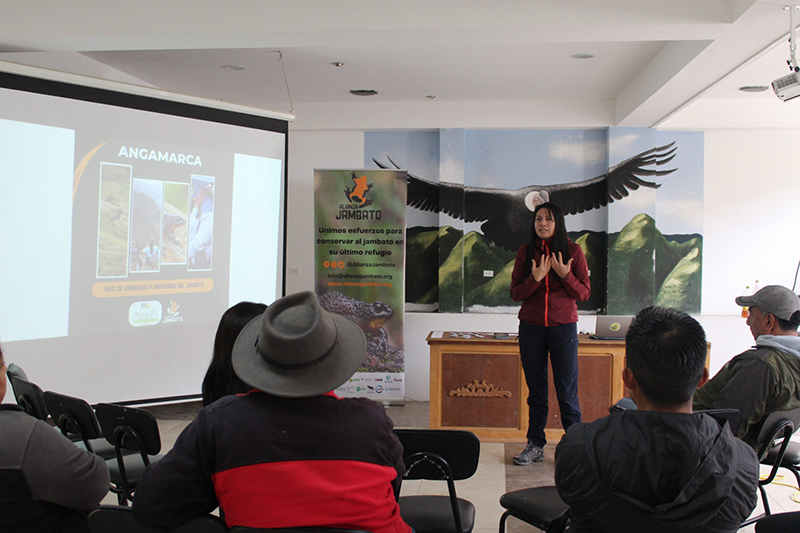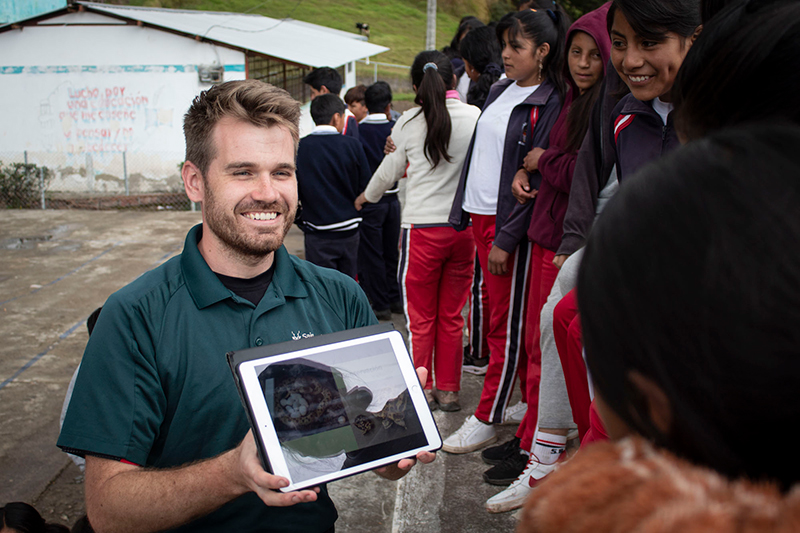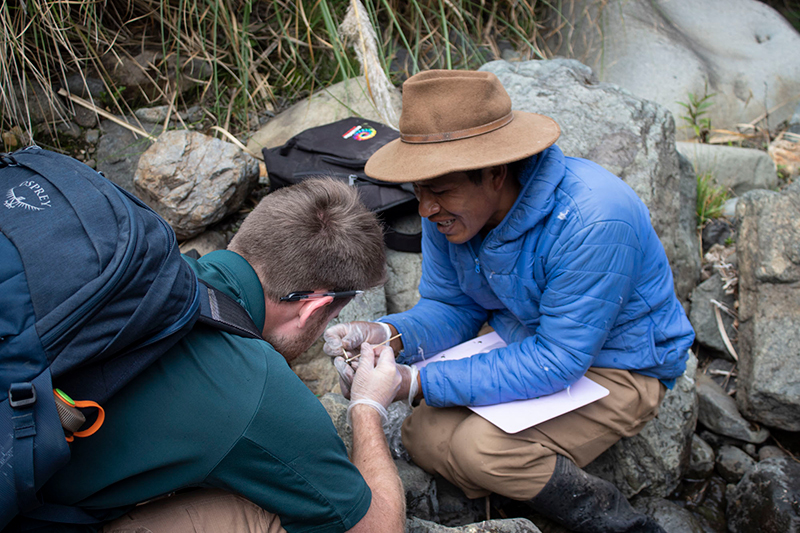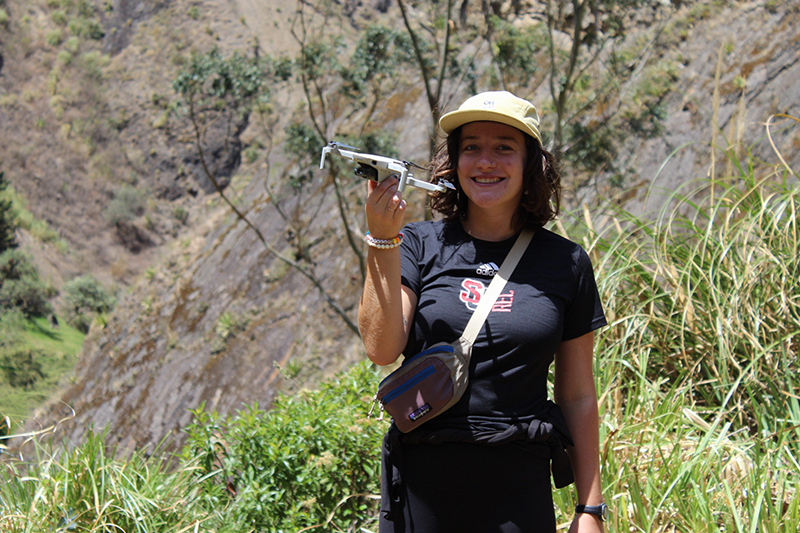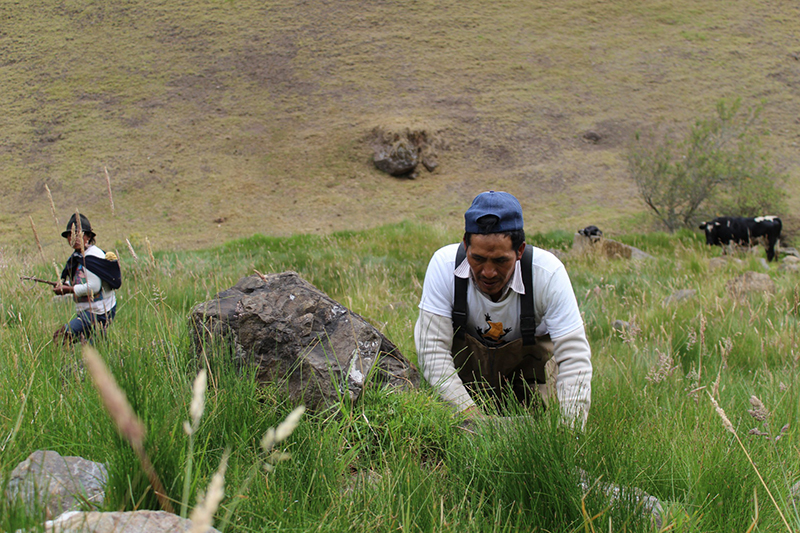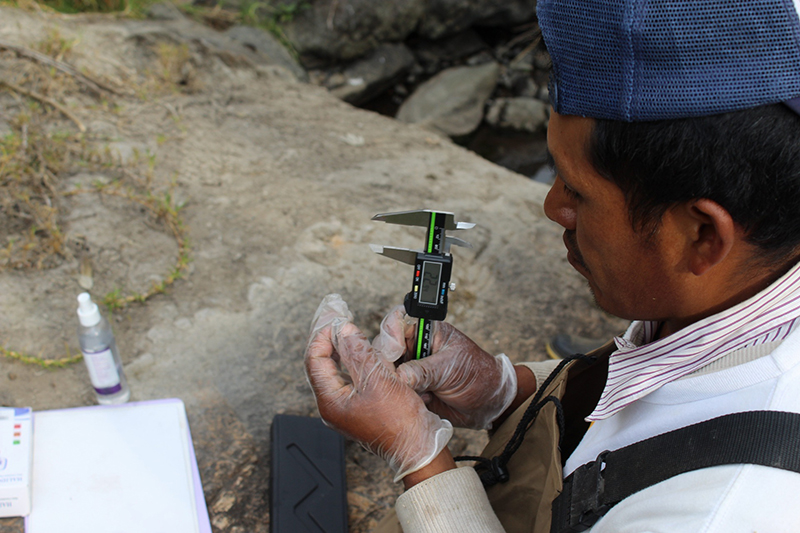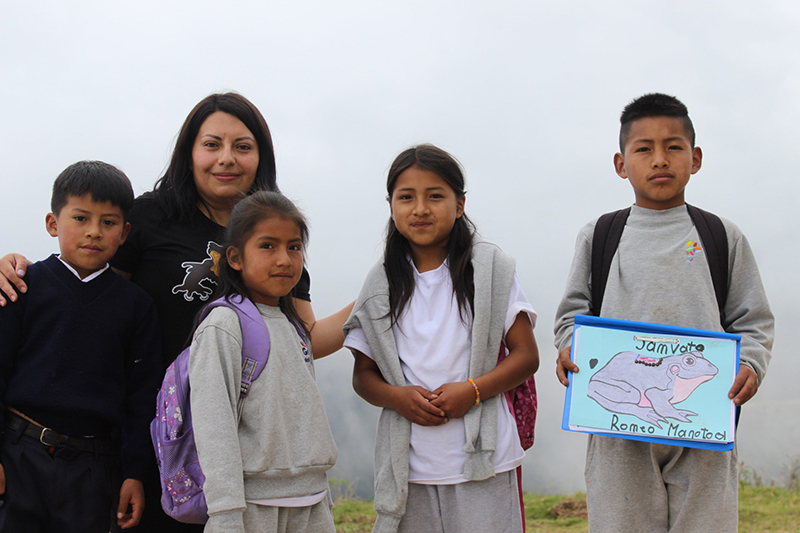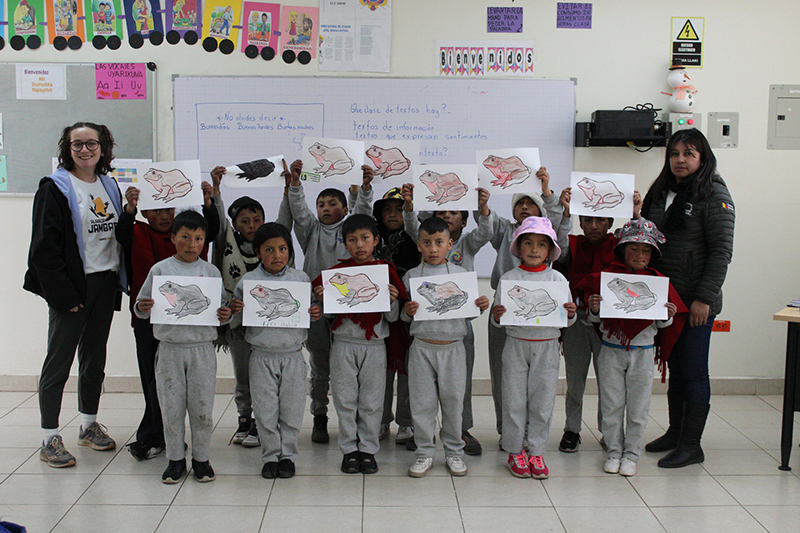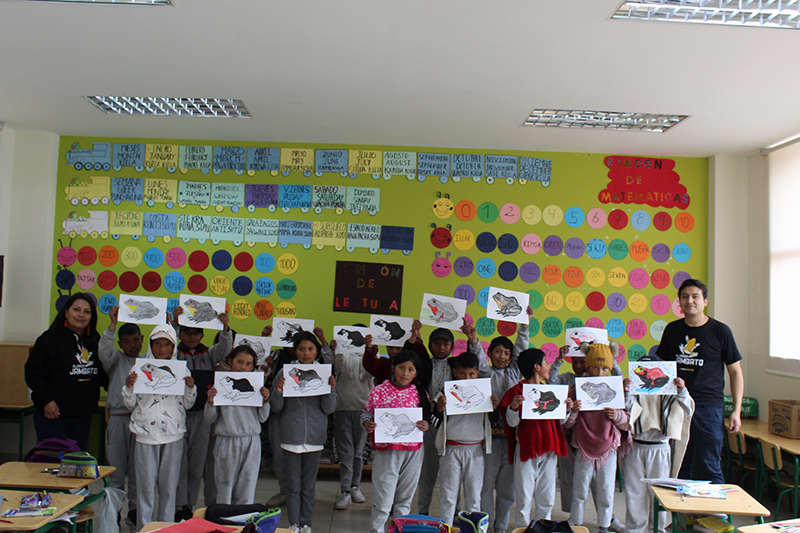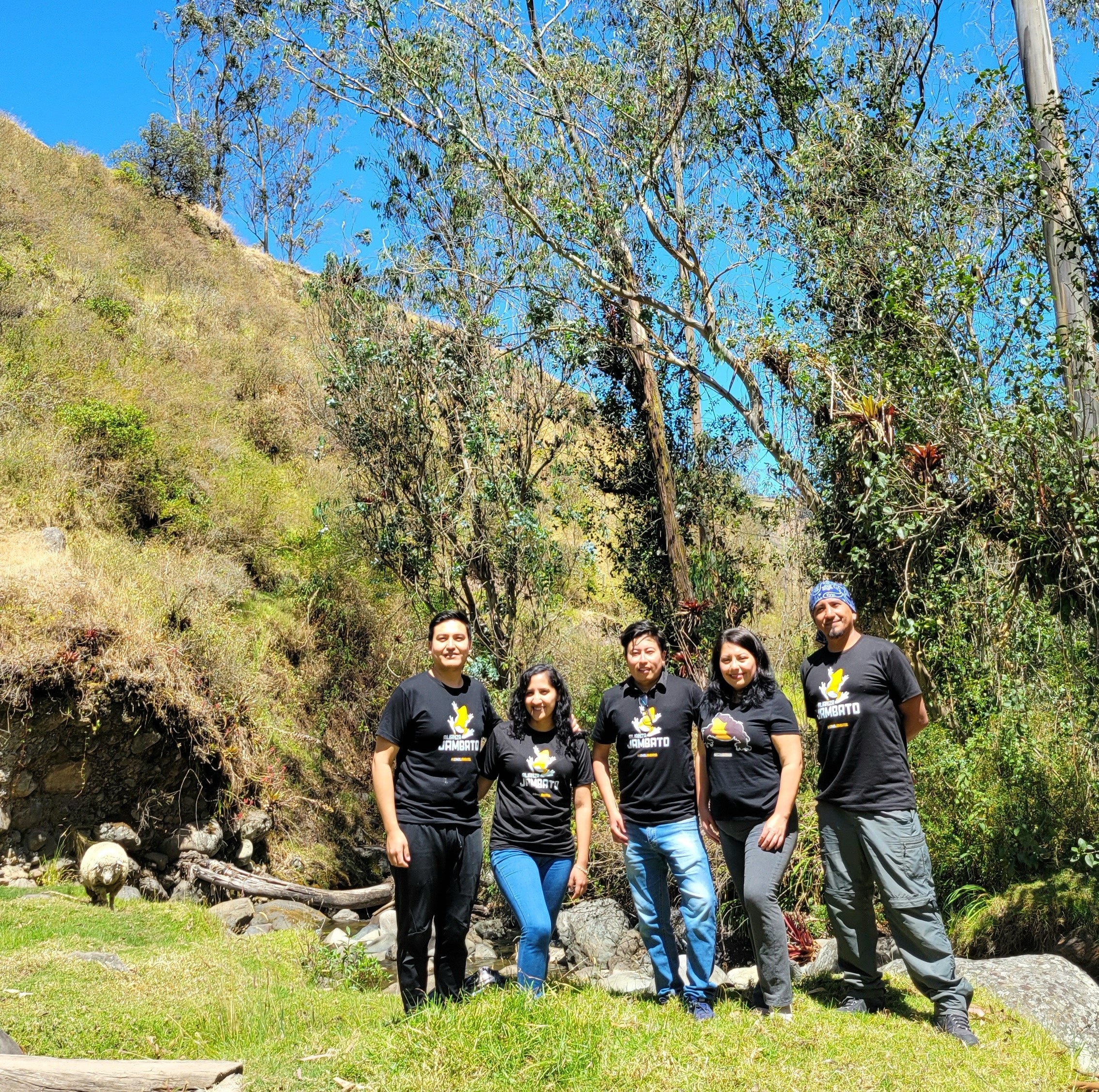JAMBATO ALLIANCE
An initiative that unites the efforts of various academic institutions, organizations, researchers, and the community taking on the challenge of protecting the Jambato frog (Atelopus ignescens), which is critically endangered and almost at the brink of extinction

About us
The Jambato Alliance is a non-governmental, non-profit organization created by bringing together an interdisciplinary team of professionals and national and international institutions to work towards conserving threatened biodiversity and the ecosystems they comprise.
Our framework of action includes the design, implementation, and execution of conservation programs that encompass projects for protecting and increasing vulnerable species populations and habitats, research, environmental education, community engagement, environmental communication, and sustainability.
Mission
Vision
Values
WE STARTED WITH OUR FLAGSHIP PROJECT FOR THE CONSERVATION OF THE JAMBATO HARLEQUIN TOAD
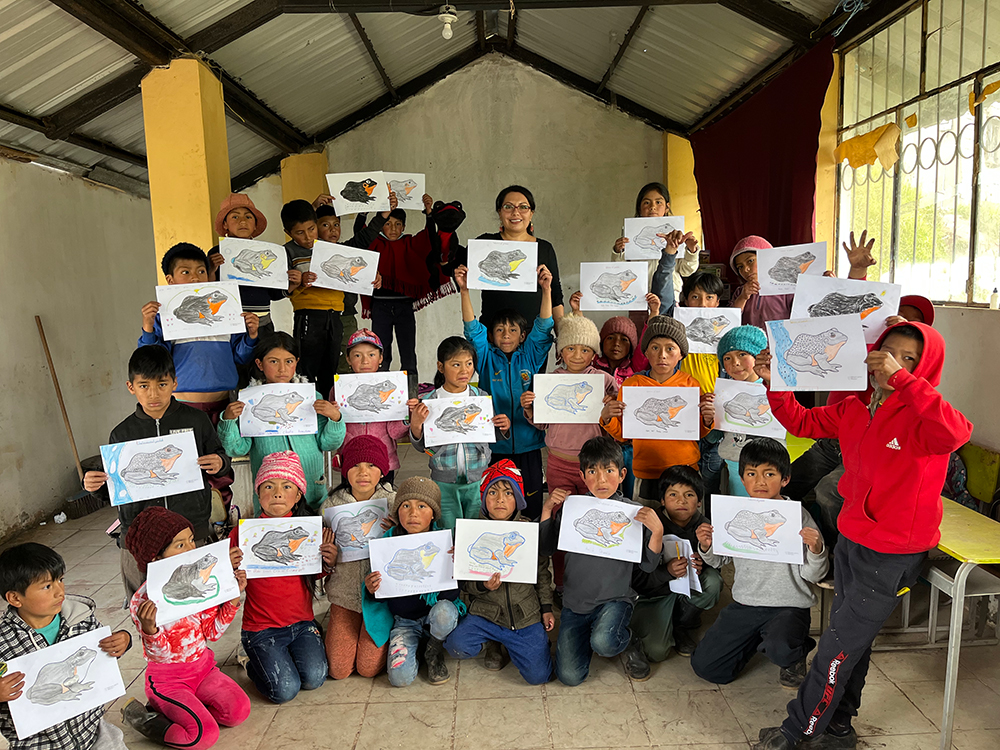
Photo by: © Stefany Obando
Alianza Jambato works together with local authorities for building a conservation strategy that benefits the communities of Angamarca.
The main goal of this initiative is to join forces and make the Jambato an emblematic species, saving it from extinction, by means of research and conservation actions that involving, and led by the local community.
Photo by: ©Gustavo Pazmiño
Five years after the rediscovery of the Jambato, an emblematic frog of the Ecuadorian highlands, researchers and community leaders have joined forces to conserve it.
The Jambato was a historically abundant toad that disappeared suddenly at the end of the 1980s, with the last recorded sighting in 1988. In 2004, it was declared extinct by the IUCN. However, it was rediscovered in 2016 in the parish of Angamarca, in the Cotopaxi province (Pujilí canton). David Jailaca, a 12-year-old boy, found it while cutting alfalfa at his home. To him, it was just another toad from the area, as he didn’t know it was such a sought-after species. It wasn’t until he heard about a reward for its discovery that he realized how special it was. After this, it was confirmed that the Jambato still survived in this remote valley.
The Jambatu Center for Amphibian Research and Conservation led this campaign, after which an emerging assisted breeding program was initiated and has been successful. However, no efforts had been made to conserve the wild population in its last refuge.
ANGAMARCA
LAST KNOWN REFUGE FOR THE JAMBATO
The last known refuge for the Jambato is located in Angamarca, a parish located on the western part of the Andes mountain range, in the province of Cotopaxi. This area is rich in history, culture and its beautiful landscapes. Nevertheless, contrary to popular belief, the areas where the Jambato were found are far from pristine. The landscape is actually composed of pastures and farmlands, thus they coexist with the local inhabitants.
Since its inception, our project has worked closely with the local community and authorities, who are our main partners in Angamarca. All work is carried out through hands-on environmental education building on local scientific knowledge, aided by constant communication with locals. We additionally hold workshops and conduct fieldwork with all age groups of local youth and adults alike, where fieldwork is always done with local collaborators who serve as field assistants for collaborative work with researchers.
Our main goal is to build and strengthen capacities and knowledge, while creating awareness with the local community in order for them to value, look after the Jambato. We believe that the Jambato will become a flagship species, and its conservation will allow us to broaden this effort to other locally threatened species.
EL JAMBATO
The Jambato’s scientific name (Atelopus ignescens), is a derived from the high contrast black-to-orange coloring found between their back and abdomen (belly), similar to a lighted piece of charcoal: ”ignescens” means “to become inflamed” in Latin. Their common name derives from the Kichwa word “jampatu”, which means frog. This name is derived as a result of it being so abundant, therefore this particular species generic image of any frog for its neighboring humans. It was frequently found in grasslands, pastures, and around the cities of Latacunga, Quito and Ambato. The latter city in fact owes its name to this frog which was once common in the area. This species is characterized by being diurnal, terrestrial, and slow-moving. Its reproduction takes place in flowing water in rivers where they engage in amplexus, which is when the male frog latches onto a female’s back. The female then deposits its eggs in rivers and streams. The tadpoles live under rocks, thanks to a suction cup that allows them to firmly attach themselves. In our monthly research trips we continue to further our knowledge of the basic biology of this frog, as we have a long way to go in our understanding.
Milestones
2022
- May 2022: High involvement and commitment from local communities.
- June 2022:Implementation of in situ conservation strategies.
- September 2022: This unprecedented alliance brought together over 50 professionals from various fields, the highest number for an amphibian species.
2023
- January 2023: Parish Government resolution approved for the conservation of the Jambato Harlequin Toad and its habitat.
- April 2023: The Parish Government of Angamarca and the Jambato Alliance declared April 21 as Day of the Jambato Harlequin Toad and its habitat as Jambato Harlequin Toad Sanctuary.
- April 2023: The Jambato Harlequin Toad is recognized as an flagship species at local, national, and regional levels.
- May 2023: The Jambato Harlequin Toad habitat has been designated as a Zero Extinction (AZE) site and the first Key Biodiversity Area (KBA) for an amphibian species in Ecuador.
- September 2023:Support from more than 25 national and international institutions in various forms.
2024
- January 2024: Recognition from the Atelopus Survival Initiative as a flagship initiative at the regional level.
- March 2024: Establishment of the Jambato Alliance Foundation.
- April 2024: Local, municipal, and provincial Governments joining our cause.
- May 2024: An overview of the ecology of Atelopus ignescens from our first year of research has been published.
- June 2024: Publication of the field guide “Amphibians and Reptiles of the Angamarca Parish”.
- July 2024: 100% of educational institutions are reached through our educational interventions.
- December 2021 - july 2024: National and international positioning of the Jambato Alliance.

Learn more
New releases
Path for recovery: an ecological overview of the Jambato Harlequin Toad (Bufonidae: Atelopus ignescens) in its last known locality, Angamarca Valley, Ecuador
Recent scientific publication on the ecology and biology of the Jambato Harlequin Toad.
Free access in https://peerj.com/articles/17344/
Amphibians and reptiles of Angamarca parish, last refuge of the Jambato Harlequin Toad
The first guide of amphibians and reptiles of Angamarca is a tool to increase knowledge and awareness of these species within local communities.
(Only available in Spanish)
External links
Amphibian Survival Alliance
A second chance: in situ conservation of the Critically Endangered jambato harlequin (Atelopus ignescens) through local community involvement.
More information
Stiftung Artenschutz
A second chance: saving the last wild population of the Critically Endangered Jambato harlequin through local community involvement.
More information
UICN
An alliance to save the jambato harlequin toad from extinction.
More information
The Harlequin Magazine
Magazine for Atelopus news.
More information
Red Divulgaciencia
Learn more
The #Jambato Harlequin Toad vanished in the 1980s & for years it was lost, until 2016 when a young boy rediscovered it. A new alliance of Atelopus Survival Initiative partners is now working together to save this species. #ElJambato https://t.co/qGeEo8RI4Y
— Leonardo DiCaprio (@LeoDiCaprio) July 14, 2022

Jambato, Sapo Negro
En esta montaña canta un sapito
jambato negro en mi jardín
canta al amanecer, canta cuando va a llover
y cuando el sol se va a esconder
auu uu uuuu
jambato, sapito de la Pachamama
auu uu uu, que crezcan las habas
otra vez en mi montaña
aunque nadie te había visto
yo sabía que estabas vivo
por eso
te busqué, te busqué
y me fuí con mi llamita
a buscarte en la yerbita
y entonces
te encontré, te encontré
Jambato negro de la Pachamama
entre una nube te encontré cuando soñaba
jambato negro de la Pachamama
luego en el arroyo de agua clara tú cantabas
auu uu uuuu
Phuyupi, muskuypi
kanta mashkarkani
auu uu uu,
Jambatu, jambatuku
Pachamamamanta
auu uu uuuu
jambato, sapito
de la Pachamama
auu uu uu
corazón de fuego
que ilumina mi mañana
Phuyupi, muskuypi
kanta mashkarkani
khipaka chuyaklla yakupi
takiparkangi
Nina shungu tutamandata ninayangi
THE JAMBATO HARLEQUIN TOAD REPRESENTS THE HOPE FOR THE RECOVERY OF THREATENED SPECIES AND HAS BECOME AN AMBASSADOR FOR WORKING TOWARDS THE CONSERVATION OF OTHER SPECIES IN NEED OF OUR HELP.

Donations
You can also help us preserve the jambato toad, and give it a second chance.
Bank transfer
Alianza Jambato
RUC 1793220131001
Banco Pichincha
Savings account
#2212567938
If you can contribute with a larger donation, contact us.
And if you want to know other ways to get involved, fill out this form:

